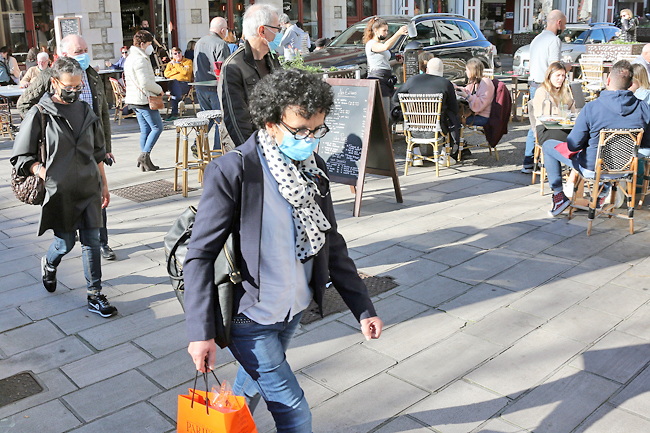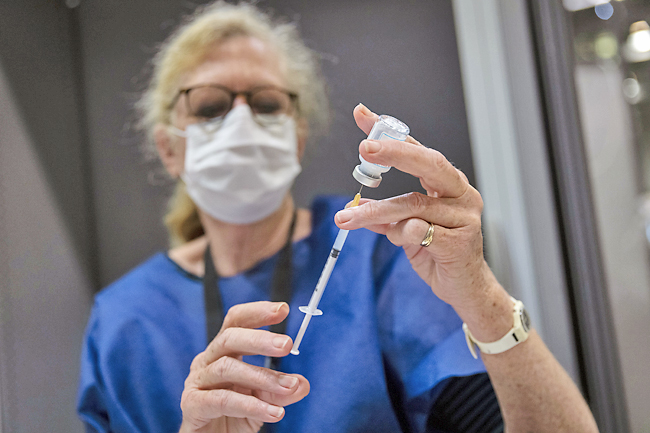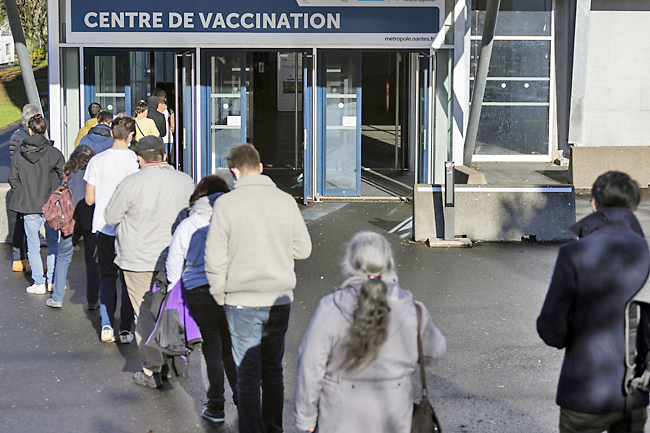The Regional Comprehensive Economic Partnership (RCEP) agreement entered into force yesterday for Australia, Brunei Darussalam, Cambodia, China, Japan, Lao PDR, New Zealand, Singapore, Thailand and Vietnam, the Ministry of Finance and Economy announced. The agreement will enter into force in Korea on February 1.
The entry into force of the RCEP agreement will pave the way for the creation of a free trade area that covers, 2.3 billion people or 30 per cent of the world’s population, contributes USD 25.8 trillion or about 30 per cent of global GDP, and accounts for USD12.7 trillion or over a quarter of global trade in goods and services, and 31 per cent of global FDI inflows, according to World Bank data. The figures make RCEP the world’s biggest free trade agreement (FTA) that will facilitate global value chains and trade within the region.
As the world continues to grapple with the economic havoc caused by the COVID-19 pandemic, the entry into force of the RCEP agreement is a strong manifestation of the region’s resolve to keep markets open; boost regional economic integration; support an open, free, fair, inclusive, and rules-based multilateral trading system; and contribute to global post-pandemic recovery efforts. Parties are convinced that, with the market access commitments made among them, together with streamlined and modern rules and disciplines that facilitate trade and investment, RCEP would deliver new opportunities for businesses, strengthen supply chains in the region, and promote the participation of micro, small and medium enterprises (MSMEs) into the regional value chains and production hubs.
ASEAN member states, Australia, China, Japan, Korea and New Zealand signed the agreement on November 15, 2020. Brunei looks forward to the entry into force of the agreement for the remaining signatory states.
Exporters in the country are encouraged to utilise the opportunities presented by the agreement, particularly the preferential tariff rates on offer and the potential for optimisation of supply chain.







